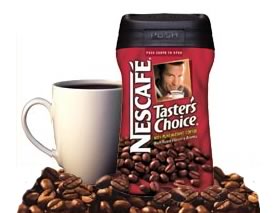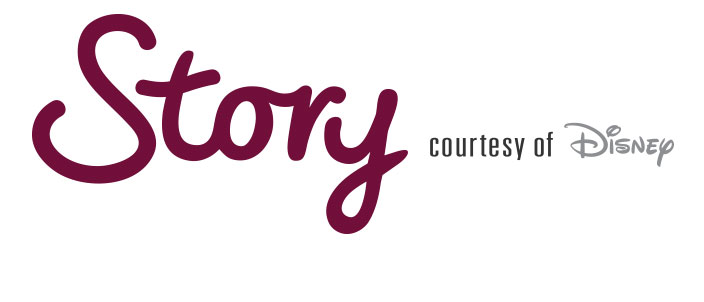Snow White. Cinderella. Sleeping Beauty. All names that are part of the iconic stories we grew up with. Retold countless times through children’s books and Hollywood blockbusters, these tales has become part of our collective psyche for generations.
And yet, what do these well-known fairytales have to do with marketing? As it turns out, quite a bit.
You see, good storytelling is not just something that is for bedtime. It can be a powerful promotional tool as well. Of course, brand storytelling isn’t a new idea. But with the explosive growth of social media and content marketing, the chance to use a narrative as part of marketing initiatives have become a strategic priority. That’s why I’m advising companies to consider using storytelling to their current content marketing mix.
So how do you create the perfect storyline that’s right for your business? Here’s my approach:
Storytelling Basics.
So what is great storytelling anyway? I think Guidoe Everaert, Keynote Speaker at the 2014 European Content Marketing Conference, explained it perfectly:
“Storytelling is not about language, it’s about telling and creating stories in a compelling way. It’s about finding the right metaphors, and above all the structure in which to tell a story. In doing so, the storyteller (re)creates a part of life and generates a story that is easily remembered and unique to that particular brand.”
[Tweet “A storyteller (re)creates a part of life and generates a story that is easily remembered” via @bryankramer”]
Anatomy of a Story
So when drafting a tale to be used in your content strategy, you have to remember that are five basic elements to a good story:
Characters: The best tales have at least two characters
Content: This refers to who, what, when, and where.
Motivations: The reason behind the actions of the characters
Conflict: The juiciest part of the story.
Resolution: The realization, epiphany, or takeaway
In terms of structure, ultimately the why should reflect a call to action. However, the story leading to this conclusion should provide customer with an emotional reason in which to take the next step in the sales cycle.
Best Practices: Taster’s Choice & Method
For example, one of the best historic uses of storytelling marketing was the highly successfully Taster’s Choice ad campaign of the late 80’s and early 90’s. The television commercials featured a couple (Tony & Sharon), whose love affair were highlighted by their shared love of instant coffee. The storyline was told in a serial format-with each one ending in a cliffhanger. By getting the audience to buy into their love affair, Taster’s Choice was able to significantly raise their visibility among other brands by more than 10%.

Since the ad campaign’s soft launch in early 2014, the company has gained extensive media coverage (including a glowing review from the New York Times ) for their innovative storytelling approach. Even more impressive, it has provided the company with a growing foothold in the green cleaning industry. Which is substantial considering that global spending in that market is expected to top 9.3 Billion dollars by 2017.
The most brilliant part is that Method was able to take what is essentially a story that is old as time (boy meets girl) and repackage it in a fun and effective fashion.
[Tweet “The key to engagement is a willingness to walk through to the natural conclusion” via @bryankramer “]
Embracing Imperfections in your Narrative
It’s important to note that like every fairytale, not every part of your message will perfectly fit. For example, it is highly unlikely that instant coffee would be considered the “glue” that keeps a couple together. But the best stories embrace the sometime absurd parts of the tale. The key to keeping audiences engaged, even with plot holes, is the marketer’s willingness to walk consumers through the story to reach the natural conclusion. You have to be invested in the stories and characters that you create.
Key Takeaway- Brand storytelling is the powerful tool that allows marketers the chance to craft messaging using characters and actions that are focused on your product of service. The best examples of ones that allow consumers to emotionally connect with the tale’s content. Businesses looking to embrace this strategy should be mindful of the five basic elements of every good story. They should also be willing to recognize the narrative’s possible imperfections.
* Storyteller image: Megan Porteous
Click here to get pre-order book and get FREE access to the Shareology Platform








